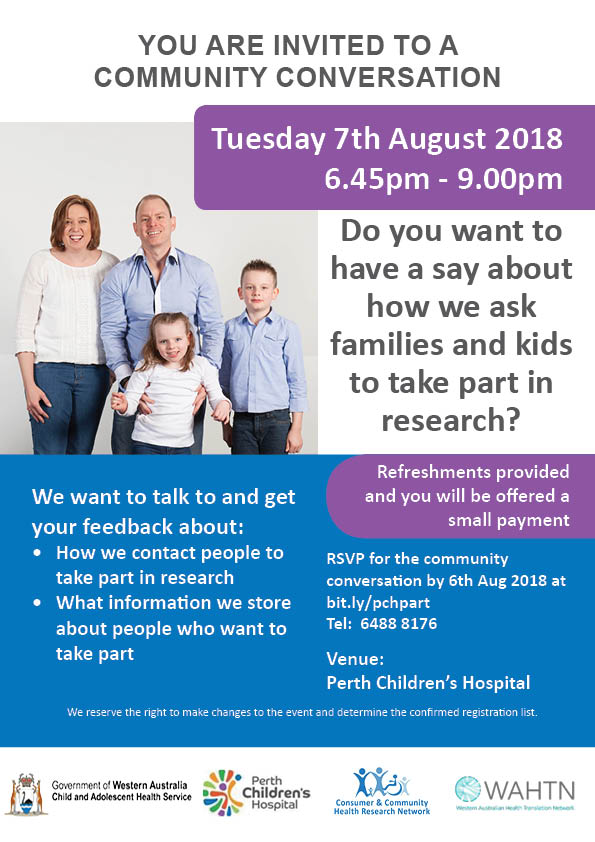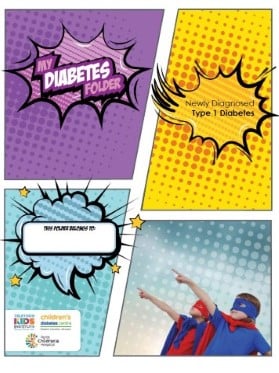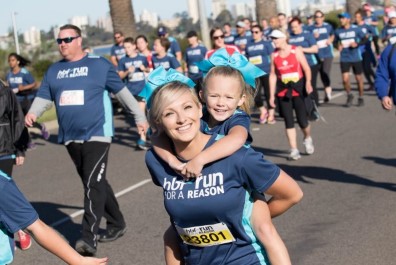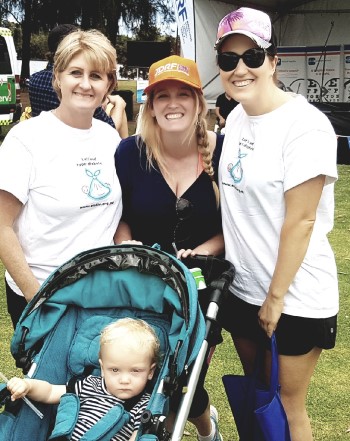Search

News & Events
Testing how much protein is needed to prevent overnight hypos which can happen after exerciseWe're testing how much protein is needed to prevent overnight hypos which can happen after exercise

News & Events
Wellbeing study needs you!Young people are needed for a new Children's Diabetes Centre research study that aims to improve the mental health of teens with type 1 diabetes.

News & Events
Technology proves a gamechangerHeidi Bucktin likes to think of her family’s life as pre and post continuous glucose monitoring – that’s how markedly different the two periods are in their journey of living with a child with type 1 diabetes.

News & Events
Being active is key to heart healthDid you know that regular exercise can literally add years to the lives of children living with Type 1 Diabetes?

News & Events
Jazmyn's journey beginsTen-year-old Jazmyn Kalin’s diabetes journey may have only just begun but she is taking it all in her stride, administering her own insulin needles and even learning about carbs.

News & Events
Community Conversation August 7Members of the diabetes community are invited to have their say on research participation at a Community Conversation this Tuesday, August 7.

News & Events
New hope for type 1 diabetesType 1 diabetes is exhausting and unrelenting. It can be life threatening and there is never a break from it.

News & Events
Check out our new patient folderCheck out our new and improved patient folder - a comprehensive resource to help families navigate a new type 1 diabetes diagnosis, now and into the future.

News & Events
We're running for diabetesChildren’s Diabetes Centre researchers will be pounding the pavement in this year’s HBF Run for a Reason on Sunday, May 27 and invite you to join us!

News & Events
Get involved in ENDIAENDIA (Environmental Determinants of Islet Autoimmunity) is a national observational study into the causes of Type 1 Diabetes in childhood.
